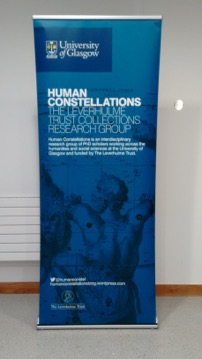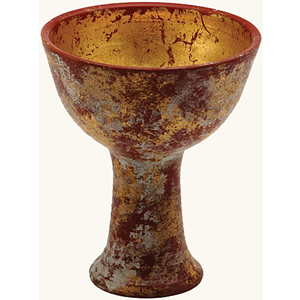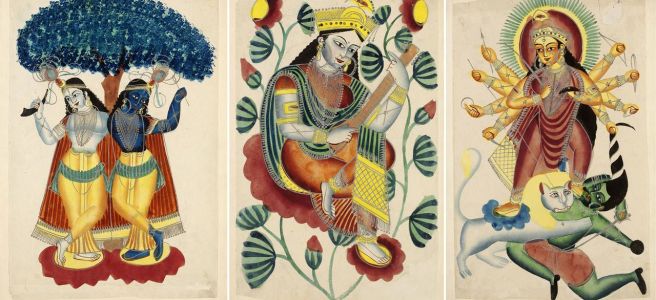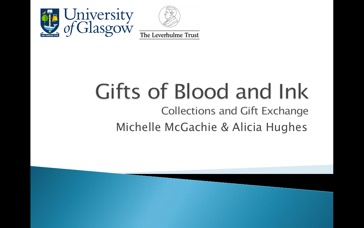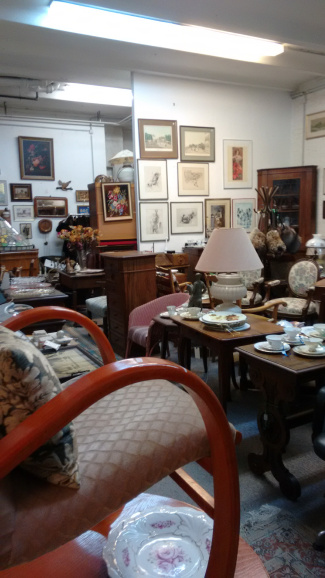Mona O’Brien
That is what makes our city unique – the fact that, within this patchwork, the contrasts, the dirt and the beauty, the coldness and lovability are crowded together more densely here than anywhere else in Germany.
Dies macht die Einzigartigkeit dieser Stadt aus, dass in diesem Flickwerk die Kontraste, der Dreck und die Schönheit, Kälte und Liebenswürdigkeit so dicht aneinander gefügt sind wie nirgendwo sonst in Deutschland.
Dieter Bartetzko, Frankfurt journalist, 1991.
 Frankfurt am Main (Nov. 2017).
Frankfurt am Main (Nov. 2017).
The first time I came to Frankfurt, and still when I return there, I am struck by its contrasts. The skyscrapers, bastions of the modern economic religion, reaching far higher than the tops of the cathedral and the old town. Down on the street there are expensive cars and expensive suits, but also cosy cafés, languages from all over the world, and warm smiles on the walk by the Main river.
 Altstadt/Old Town, Frankfurt.
Altstadt/Old Town, Frankfurt.
And that is just Frankfurt today, as I sit in the archive of the Institut für Stadtgeschichte, poring over the city’s records for the fifteenth and sixteenth centuries, another world of contrasts (and conflicts) emerges: religious dispute and discrimination, trade and wealth, poverty and begging, all encased within the city walls.
I only know Frankfurt today, and Frankfurt in the years c.1450-1600. A lot has come before these times, very much between them, and looking at the cranes that dot the skyline, a lot more is to come.
No place is static. No place is simple.
Many cities across Germany, indeed across the world, possess a museum for the history of the city, in Frankfurt it is the Historisches Museum. But I have often wondered: how can a single institution hope to tell the history of a place? A place is made of many histories, many identities. Is it possible for a single institution to tell them all? Does any institution want to do that?
Museums are constructs, they work with the collections they possess. Museums are not neutral; they actively decide how they tell their stories. This is why I am sceptical about city history museums which, in my experience, so frequently emphasise the triumphs and treasures of their city without paying any significant attention to daily life in the past or present. This is why I very nearly did not go to the Historisches Museum Frankfurt. But, I reasoned to myself that perhaps I would find something relevant to my PhD research, and promised myself that if it was utterly terrible I would buy a huge slice of cake as compensation for wasted time.
Happily, an afternoon in the Historisches Museum is anything but wasted time.
Having no prior knowledge of the Museum or its exhibitions, the first section that I decided to visit was the Sammlermuseum (the Collector’s Museum) as I thought this sounded quite appropriate given my position on the ‘Collections’ project. Frankfurt contrasts with many other towns and cities as its oldest collections originate not from kings and courts but from private collectors, many of whom bequeathed their collections to the town and (since 1878) the Historisches Museum. The Sammlermuseum consists of twelve rooms dedicated to exhibiting a selection of Frankfurt collectors and donors and the items that they collected, in addition to a thirteenth room ( the 13th Collector) which holds special exhibitions. The first room explores the librarian Johann Martin Waldschmidt (1650-1706), under whom the city library collected not only books but also objects including portraits, coins and globes. The final collector represented is Wilhelm Kratz (1873-1945) who specialised in Frankfurt faience of the 17th and 18th centuries.
Every room has a “collector’s book” with information about the collector, their interests, the objects displayed and the history of the collection. The rooms are very well set out, and contain everything from butterflies to armour to miniature paintings. As an explanation piece in the museum states, the rooms representing the collectors display their ‘individual preferences’. Throughout, there is a clear recognition that collections are the product of their collector’s interests, perceptions and prejudices. Certainly, for anyone interested in the history of collecting practices or the interests of the financial and cultural elites across the early modern to modern periods this is surely a treasure trove.
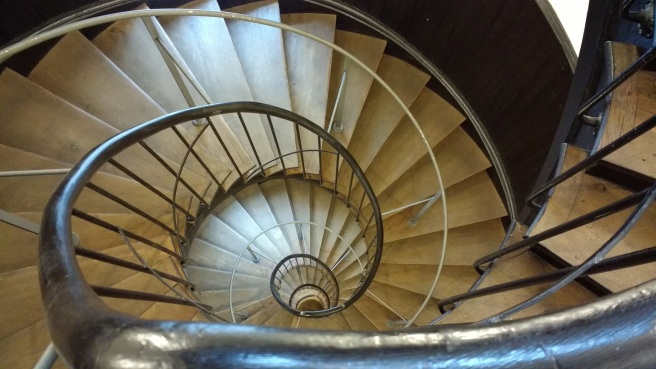 Stairs in the Sammlermuseum.
Stairs in the Sammlermuseum.
A great complement to the Sammlermuseum was the current special exhibition (7 October 2017 – 15 July 2018): Ein neues Museum für Frankfurt – The Making of the HMF. The exhibition charts the HMF’s physical development from the demolition of the concrete building in 1972 to the creation of the new sections that just opened this year. It also charts the museum’s conceptual development and how it deals with its collections and exhibitions. The photos combined with the statistics posted on the wall give a very striking insight into the logistics involved in building, and rebuilding a home for the Museum’s sizeable collection. There was also a great video installation on the themes of ‘objects’, ‘milestones’ and ‘models’, which provides a rare glimpse into the behind-the-scenes goings on of a museum.
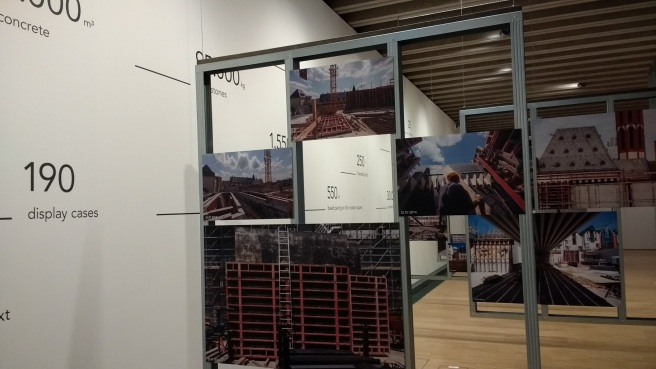 Ein neues Museum für Frankfurt – The Making of the HMF, Historisches Museum Frankfurt.
Ein neues Museum für Frankfurt – The Making of the HMF, Historisches Museum Frankfurt.
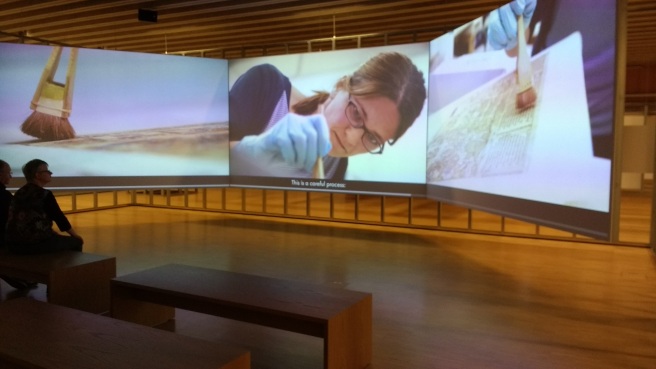 Ein neues Museum für Frankfurt – The Making of the HMF, Historisches Museum Frankfurt.
Ein neues Museum für Frankfurt – The Making of the HMF, Historisches Museum Frankfurt.
My favourite sections of the museum were two of the permanent exhibitions: Frankfurt Einst? and Frankfrut Jetzt! I was immediately endeared to Frankfurt Einst? (Frankfurt Once?) because of the use of the question mark in the exhibition’s title as, for me, this reflects the many questions surrounding how “knowable” the past is, and how it is deeply contingent on individual or institutional interpretations.
The exhibition is not chronological, but instead ‘is separated according to the characteristics that defined Frankfurt in the past and continue to define it today’, and the exhibits in certain sections are regularly changed. There is something very relieving about it not being chronological, you don’t feel that you are getting the entire history of the universe (well, Frankfurt) in condensed format. The themes are quite broad and join epochs together well. There is also the 100 x Frankfurt section which gives an overview of the city’s history in everything from gold goblets, umbrellas, and a uniform from a concentration camp. There is no claim that the exhibition covers every aspect of the city’s history, but there is a very genuine attempt to cover the city’s spectrum from great achievements, to daily life, to its darkest and more shameful moments.
It is also in Frankfurt Einst? that I found my favourite display in the museum, One of Each by the Frankfurt artist Karten Bott. Bott collects everyday objects, and in this particular piece one finds an object-inventory of everyday life in central Europe over the past 50 years. There is nothing exclusive about this piece, it is not some delicate ancient object that was only ever possessed by a few. The items are arranged by theme and the artist has sought to create a display that prompts memories and a questioning of what items belong in the Museum. As someone more interested in the everyday than the elite, I loved this piece because it incorporates what is routine, the mundane things that comprise so much of our lives. For me it is a statement on the importance of little things, and the beauty of the everyday.
 Karten Bott, One of Each. An artistic inventory of everyday things, Historisches Museum Frankfurt.
Karten Bott, One of Each. An artistic inventory of everyday things, Historisches Museum Frankfurt.
The permanent Frankfurt Jetzt! (Frankfurt Now!) exhibition was the first time I have encountered an attempt to represent the present in any “historical” museum that I have visited. The 1,000 m2 space is lined with portraits of the city’s population, each capturing something of the lives of the groups and individuals represented. For a non-Frankfurter it provided a fascinating insight into how the people see their own city. This is achieved particularly through the model of the city built by the artist Herman Helle. This huge construction is based on the opinions provided by 1,166 Frankfurters, and built with all kinds of materials and incorporating sound and video, it aims to represent the peoples’ – often contrasting and contradictory – perceptions of their Frankfurt. There is a very good brief film of the city and the model that captures it available here.
The Frankfurt Jetzt! space is more than an archive of the present too, it is also a home for the Stadlabor (City Lab), a project that has been going since 2010 which routinely ventures out beyond the confines of the Museum to engage with the Frankfurters and create exhibitions and events based on this interaction. Perhaps it is initiatives such as this, the Museum’s very active involvement with its context, that makes this feel like a living place, a place that reminds us that history is not over, but being made, and made by us, the everyday people, not just governments, banks or militaries.
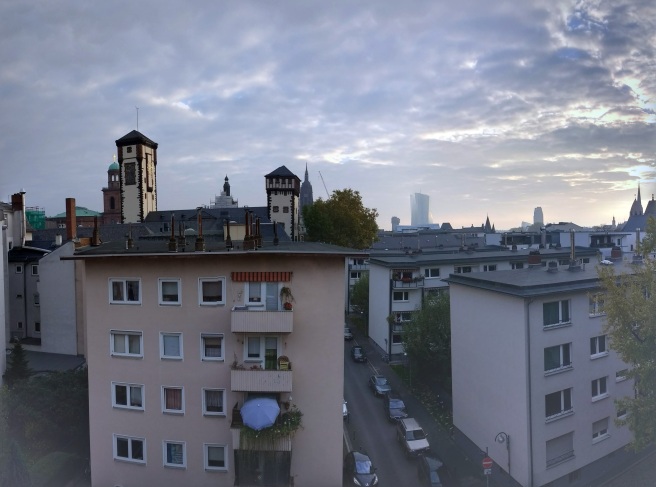
Frankfurt (on the left you can see the green top of the Paulskirche where the capital of Germany was decided after WWII; in the centre the spire of the Cathedral; to the centre right the European Central Bank; in the foreground: everyday life).
No institution can ever tell the entire history or the entire present reality of its city, yet in the Historisches Museum Frankfurt, I believe we find a sincere attempt to represent Frankfurt then and now realistically and from many angles. It privileges the everyday alongside the extraordinary (both good and bad) and it actively engages with its context. This is a place that is so much more than an assemblage of display cases, this is a place that is alive and openly recognises that it will change with factors including curation, collecting, and – most importantly – its city. This is a Museum that has made me rethink the purpose and potential of city history museums.
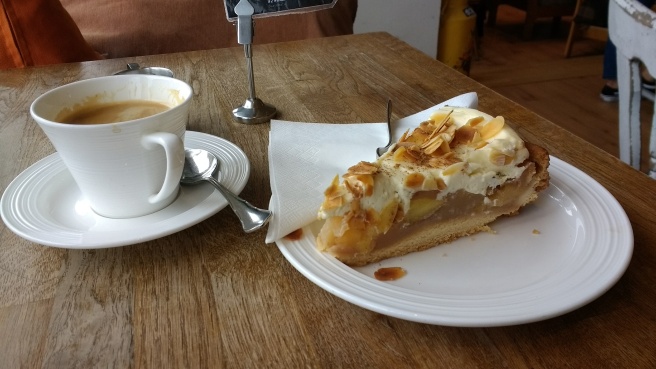 I still had my cake… not as compensation, but celebration (Cafe Sugar Mama, Frankfurt).
I still had my cake… not as compensation, but celebration (Cafe Sugar Mama, Frankfurt).









